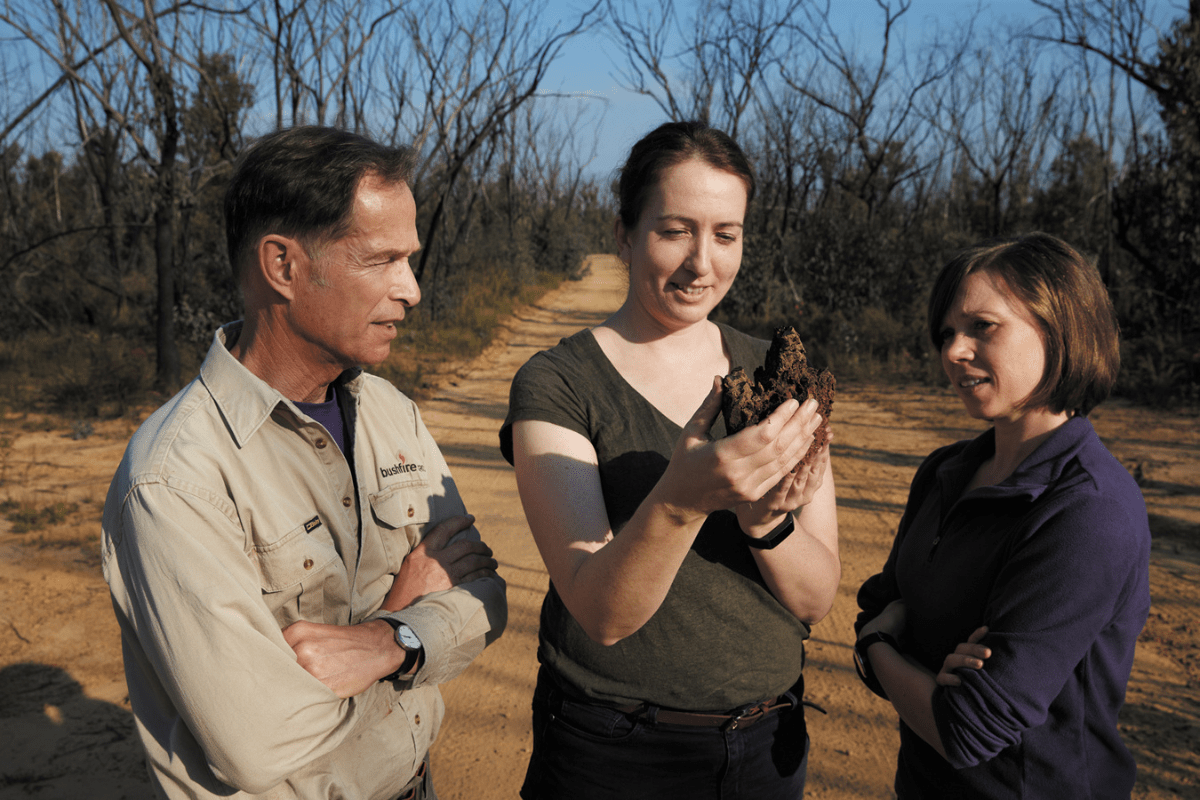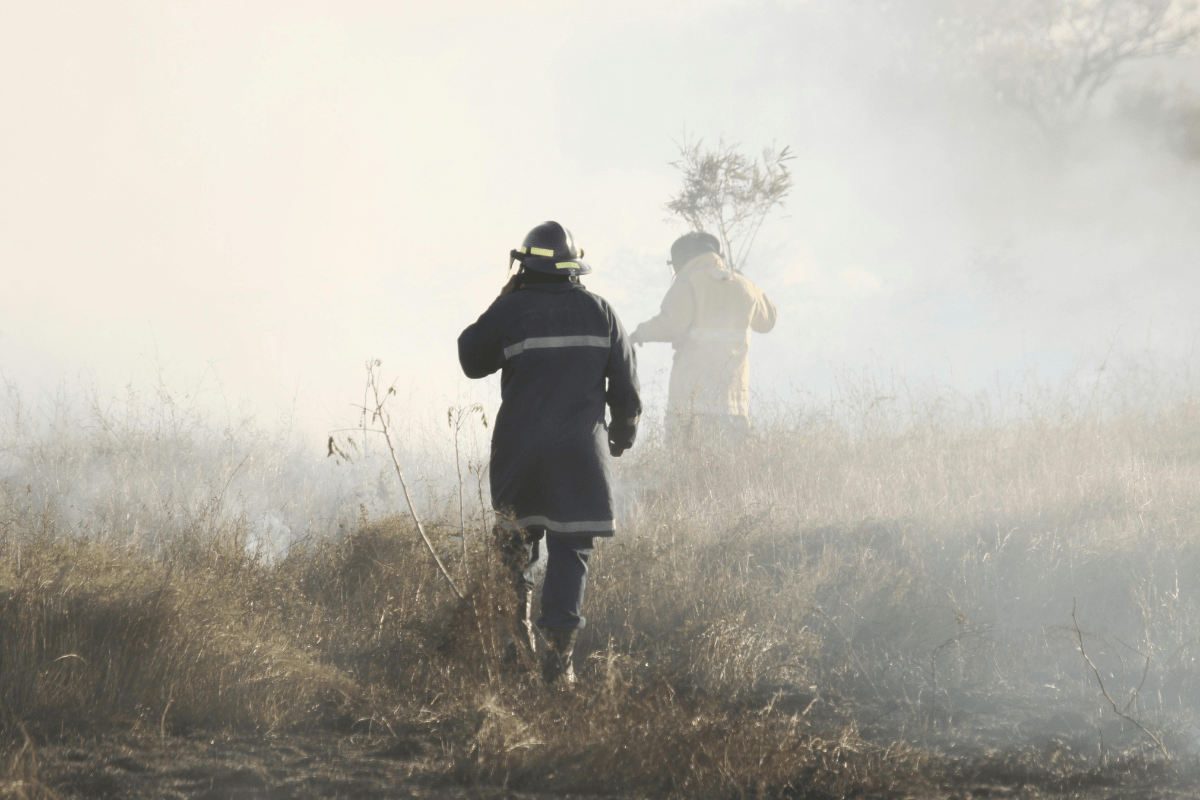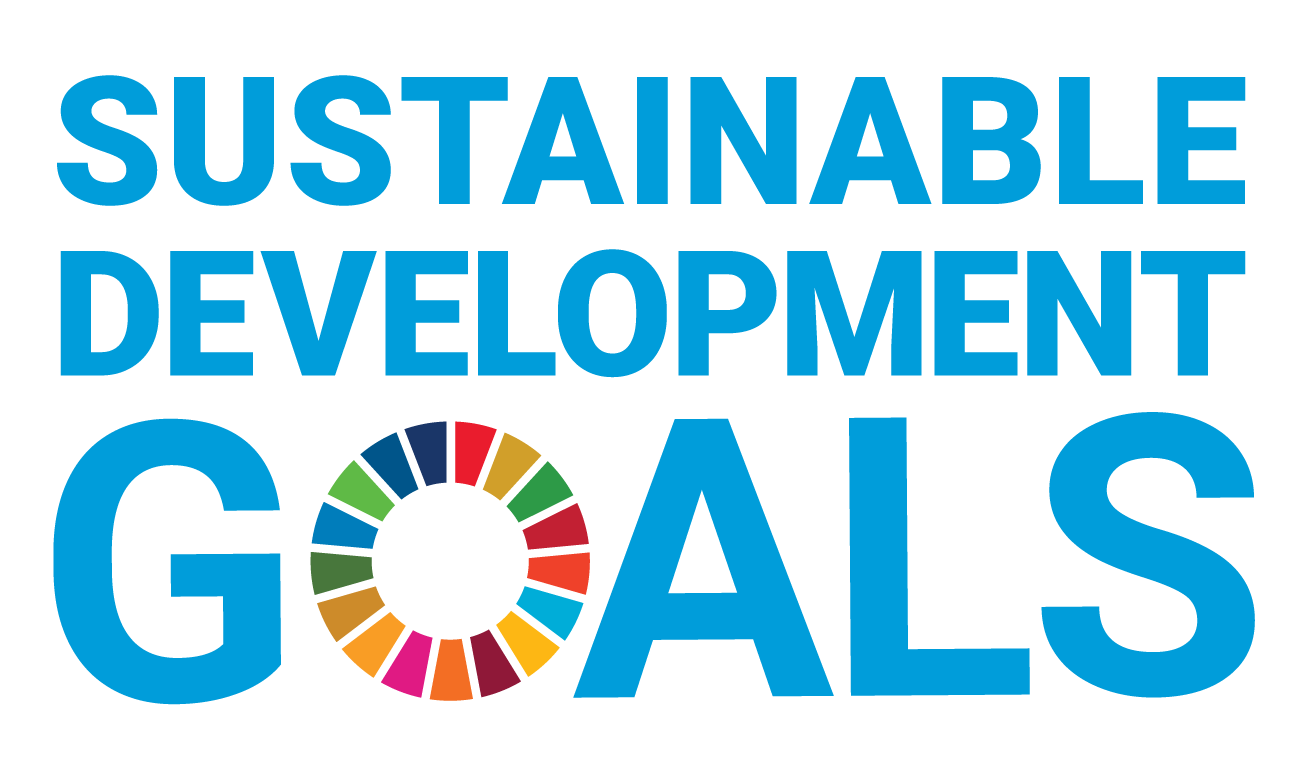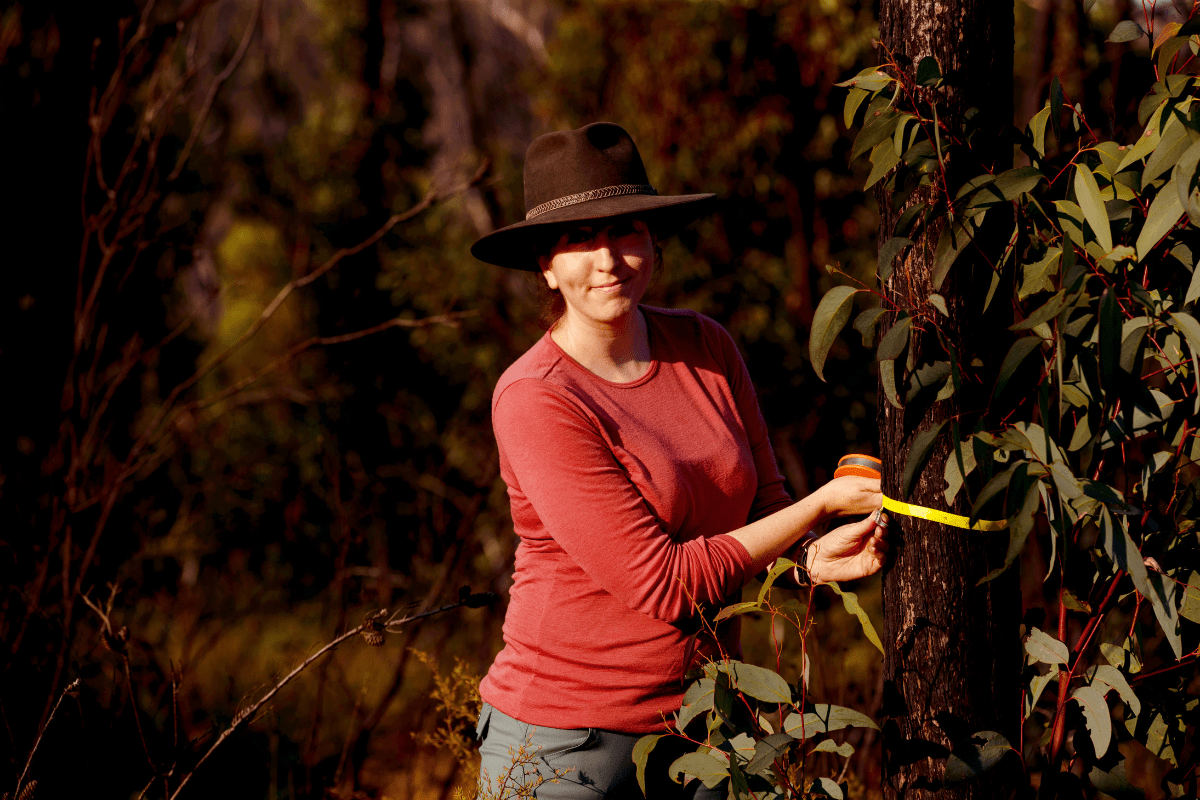You can search for courses, events, people, and anything else.
The devastation of a bushfire can also represent a new beginning. "Most ecosystems around the world are adapted to some type of fire, perhaps every five to seven years for some forests, and maybe only once every 400 to 500 years for a rainforest," says Dr Rachael Nolan, a senior research fellow at the Hawkesbury Institute for the Environment at Western Sydney University.
"It’s okay if the frequency of fires meets the natural regime that the system is adapted to, but you get problems when that changes," she explains.
For one thing, forests store carbon. If a forest burns too often to fully recover, it will contain less biomass and less carbon. "That’s particularly important for Australia, because we rely on our forests to offset carbon emissions as part of our obligations to meet international climate-change agreements," Nolan explains. Such concerns also feature in the United Nations Climate Action Sustainable Development Goal.
Need to know
- Fuel, dry conditions, an ignition source, and certain weather conditions are needed for a bushfire to occur.
- Western’s Rachael Nolan is working on a method to forecast fuel moisture and fire risk.
- This could help people better prepare for bushfire season.
"The point of the project is to come up with a way of forecasting. We want to know what’s going to happen next week or next month, to predict whether it will be a bad season for bushfires."
A bushfire needs four ingredients: fuel to burn, dry conditions, an ignition source, and the right weather conditions. But how can experts predict when those conditions might arise?
To find out, Nolan leads a project called 'Forecasting Live Fuel Moisture Content, The On/Off Switch for Forest Fire', which includes collaborators at Western and Australian National University (ANU) in Canberra. Nolan hopes to forecast fuel moisture by focusing on how vegetation responds to drying soil. This approach will also combine weather data with satellite information that tracks moisture content in vegetation.
But it’s hard to use that information to predict the risk of a bushfire. "It’s a bit complicated," she explains. "Plants don’t all respond the same way to the same amount of moisture in the soil." Her team now hopes to include information on plant traits in their modelling, to work out when plants are more likely to burn.
Nolan also wants to come up with a better method. "The point of the project is to come up with a way of forecasting," she says. "We want to know what’s going to happen next week or next month, to predict whether it will be a bad season for bushfires."
Nolan has "coordinated a team of researchers at Western and ANU to deliver valuable predictions of fuel moisture and fire risk to our project partners at the Rural Fire Service and Department of Planning and Environment," adds Distinguished Professor Belinda Medlyn, leader of Western’s ecosystem function and integration group and a collaborator on the forecasting project.
This could help people across NSW and Australia better prepare for increasingly perilous bushfire seasons as climate change intensifies.
Meet the Academic | Dr Rachael Nolan
Dr Rachael Nolan works at the intersection of plant ecophysiology, fire ecology and forest fire management. Her research bridges science, policy and management, aiming to provide an early warning of the risk of bushfires, and to predict their impacts on ecosystems under a changing climate. She is the Acting Director of the New South Wales Bushfire and Natural Hazards Research Centre, and was a member of the Centre’s predecessor (the New South Wales Bushfire Risk Management Research Hub). Along with her colleagues in the Hub, she was awarded the prestigious Eureka Award for Applied Environmental Science, for providing the research base for the state government’s Inquiry into the unprecedented 2019/20 ‘Black Summer’ bushfires. Rachael currently holds a Senior Research Fellowship at Western Sydney University. She completed her PhD in 2013 at The University of Melbourne, where she studied the impact of bushfires on water supply catchments.
Credit
Future-Makers is published for Western Sydney University by Nature Research Custom Media, part of Springer Nature.
© Cybele Malinowski
© Matt Palmer/Unsplash
© Black Light Media/Pexels




